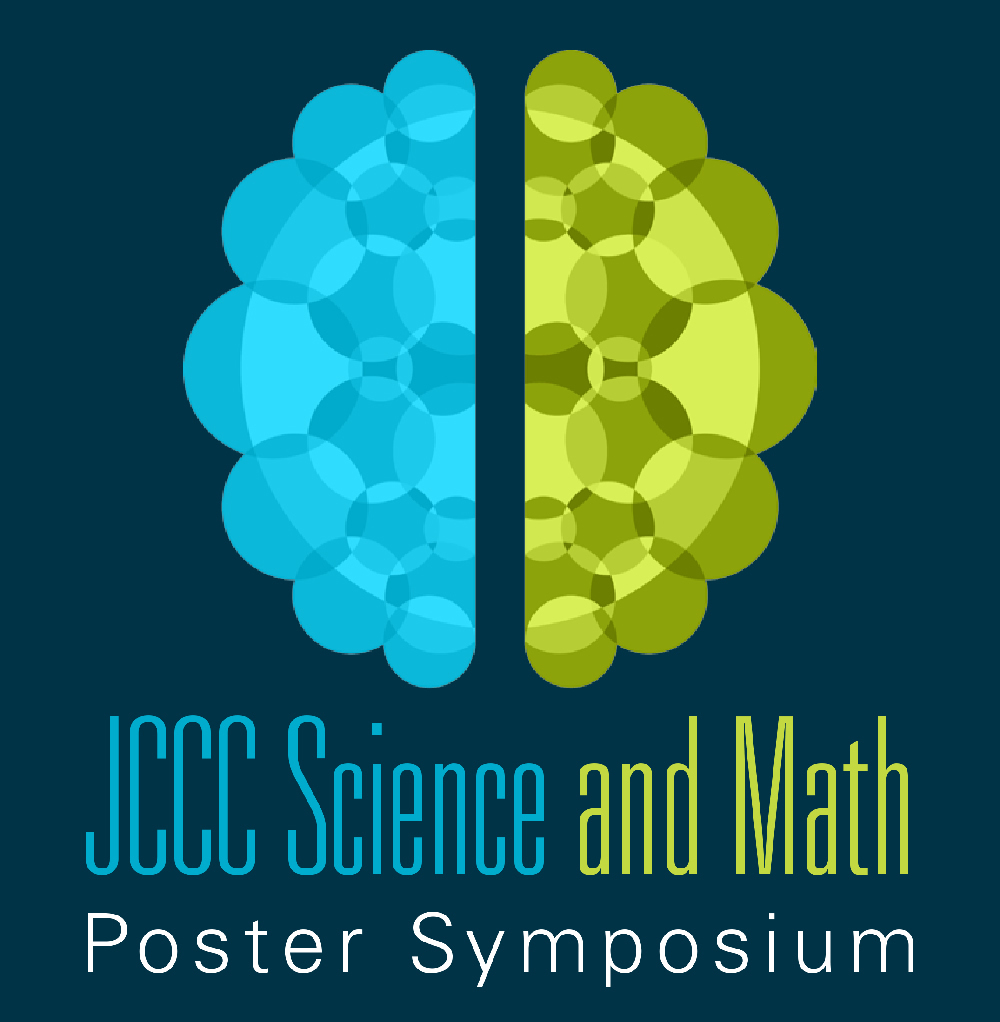Finding Potential Antibiotics in the Soil
Location
CoLab
Start Date
3-5-2019 1:30 PM
End Date
3-5-2019 2:45 PM
Document Type
Poster
Description
This semester in microbiology lab, I took a sample of soil from my backyard and diluted it to study which locations had more colonies of bacteria and if these colonies could act as an antibiotic. With these bacterial colonies I created master plates of the most promising colonies that showed zones of inhibition. Now having the master plate in hand, I could test each microbe with what is called a safe relative of an ESKAPE pathogen. These ESKAPE pathogens are organisms that are antibiotic resistant. In lab, the class is testing these because antibiotic resistance is on the rise and the infections that the ESKAPE pathogens cause are difficult to treat. We take our sample from the dirt because it is a promising place for finding antibiotics, an antibiotic called Teixobactin which was found from a field in Maine was a breakthrough in using soil to detect microbes that are resistant to these pathogens. The first pathogen of the ESKAPE pathogens is Enterococcus faecium which has the safe relative Enterococcus faecalis. The second pathogen is Staphylococcus aureus with the safe relative Staphylococcus epidermidis. The third pathogen is Klebsiella pneumonia with the safe relative Escherichia coli. The fourth pathogen is Pseudomonas aeruginosa which has the safe relative Pseudomonas putida. The last ESKAPE pathogen is Enterobacter which has multiple species and has the safe relative Enterobacter aerogenes. Some students like myself used more tester strains than these ESKAPE pathogens and found antibiotic properties in some of those as well.
Image
Finding Potential Antibiotics in the Soil
CoLab
This semester in microbiology lab, I took a sample of soil from my backyard and diluted it to study which locations had more colonies of bacteria and if these colonies could act as an antibiotic. With these bacterial colonies I created master plates of the most promising colonies that showed zones of inhibition. Now having the master plate in hand, I could test each microbe with what is called a safe relative of an ESKAPE pathogen. These ESKAPE pathogens are organisms that are antibiotic resistant. In lab, the class is testing these because antibiotic resistance is on the rise and the infections that the ESKAPE pathogens cause are difficult to treat. We take our sample from the dirt because it is a promising place for finding antibiotics, an antibiotic called Teixobactin which was found from a field in Maine was a breakthrough in using soil to detect microbes that are resistant to these pathogens. The first pathogen of the ESKAPE pathogens is Enterococcus faecium which has the safe relative Enterococcus faecalis. The second pathogen is Staphylococcus aureus with the safe relative Staphylococcus epidermidis. The third pathogen is Klebsiella pneumonia with the safe relative Escherichia coli. The fourth pathogen is Pseudomonas aeruginosa which has the safe relative Pseudomonas putida. The last ESKAPE pathogen is Enterobacter which has multiple species and has the safe relative Enterobacter aerogenes. Some students like myself used more tester strains than these ESKAPE pathogens and found antibiotic properties in some of those as well.


Comments
The faculty supervisor for this project was Jamie Cunningham, Biology.